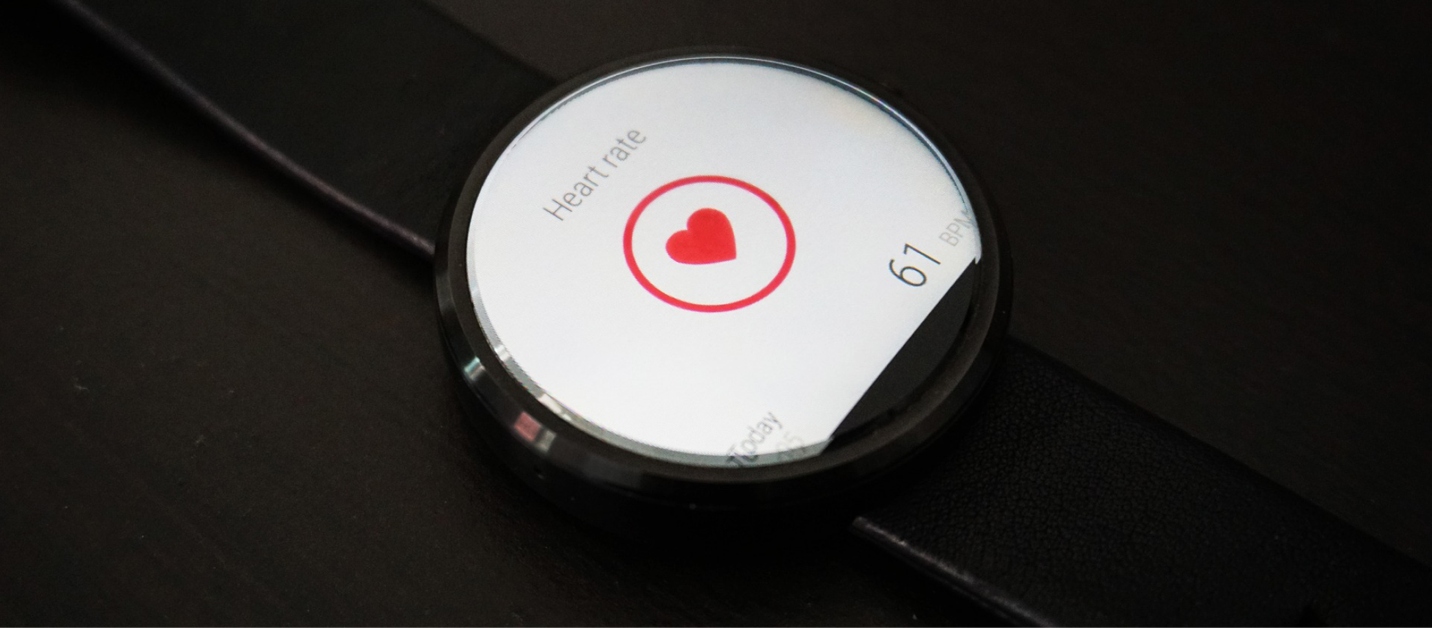
Heart rate monitors. A term we’re hearing more and more popular in the world of fitness. Yes, heart rate monitoring has always been there, but now it’s becoming a standard feature on all fitness devices, so it’s easily trackable on a daily basis.
But the question to really answer is… WHY is it important?
Monitoring your heart rate during exercise is essential to success in meeting your fitness goals, especially if those goals revolve around improving cardiovascular health and weight loss. In order to have a standard of reference to go by, it’s important to establish what your target heart rate zone is; in other words, the zone in which the best aerobic and fat burning benefit occur. One of the first things I ask my training clients is if I can get their resting pulse. Using this number, I’ll enter it into the Karvonen formula to provide my clients a baseline expectation for where their heart rate needs to be. Many people have no idea.
Time is of the essence for when we work out. Not only that, results themselves are of the essence. Without establishing our target heart rate zone before delving into cardiovascular exercise, then we are essentially grasping at straws when it comes to attaining our goals.
Let me explain further…
A person can spend an hour on a recumbent bike, reading a magazine, and think that they got a great workout merely by the fact that they spent that amount of time on the machine. Of course, the premise is amiss. However, if somebody knows what their target heart rate zone is, and is committed to sustaining their heart rate there, then they can spend 20-25 minutes doing cardiovascular exercise, and obtain much better results than the member who spent an hour.
Why? Because, the individual who monitored their heart rate (I recommend every 5 minutes or so during the exercise), made a point of keeping their heart rate elevated.
What good does that do? Well, maintaining your heart rate in your “target heart rate zone” ensures that one is exerting themselves at a level intense enough to reach maximum benefit. A person doesn’t fully work their heart muscle or tap into their fat burning potential unless they’ve sustained their heart rate, in their zone, for at least 20 minutes. Any person looking to increase their cardio capacity and also to decrease their weight is best served by making sure this is the case. Not doing so is inefficient, void of possible results… and frankly a waste of time in a way. Making sure our heart rate is monitored, at least in 5-minute increments during cardio exercise, will not only indicate if one is exercising hard enough … but it will also tell if one is over-exerting themselves. There is a detriment to both scenarios, and the latter can be quite dangerous.
Monitoring heart rate is quite easy as well. Most of the cardiovascular machines at the Y provide a heart rate gauge of some sort, and additionally, it is easy to find one that straps to one’s own body. There are devices like chest straps, activity tracker watches, and - if all else fails - one could do a 15-second self-monitor via the carotid artery or wrist; multiply the count by 4 to get your actual heart rate. By whichever of these means, a heart rate is easily gauged.
One could say that they’ve had a good cardiovascular workout if a light sweat is achieved. That might be close to true … but one never really knows if workout time and results are being maximized unless the heart rate is gauged. Not doing so is akin to running a 10K race … hoping to finish in first … without ever tracking your mile split before the day of the event.
If you are serious about results, and if we’re serious in our intent to help us achieve them, this step of tracking your heart rate should not be looked over,
One of the most effective ways at measuring our progress toward a specific health and fitness goal is by ensuring we have and utilize all of the tools available. Establishing your “target heart rate zone” will provide you a standard of reference and lay the foundation for you to build your cardiovascular efforts upon. Furthermore, for those engaged in cross-fit, circuit-style strength training, it’s also helpful to know at what percentage of maximum heart rate you’re exerting yourself.
Knowing one’s zone and being facilitated with that process, as well as with in-time monitoring, equips us with valuable fitness knowledge.
That knowledge equals:
- the ability to plan equals the ability to be efficient in the gym
- increased recuperation time equals the ability to work out more consistently
- results
- increased motivation to continue an exercise regimen
- the best potential for achieving goals and sustaining success
When it comes to cardiovascular exercise, or circuit-style resistance training for that matter, you can have all the heart in the world… but if you don’t know how yours beats, then you’re dancing to the beat of a different drum; that known as missed opportunities, and conundrum.